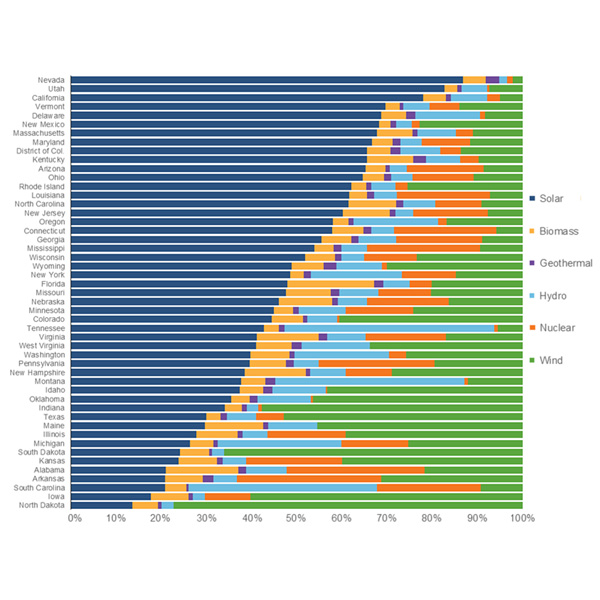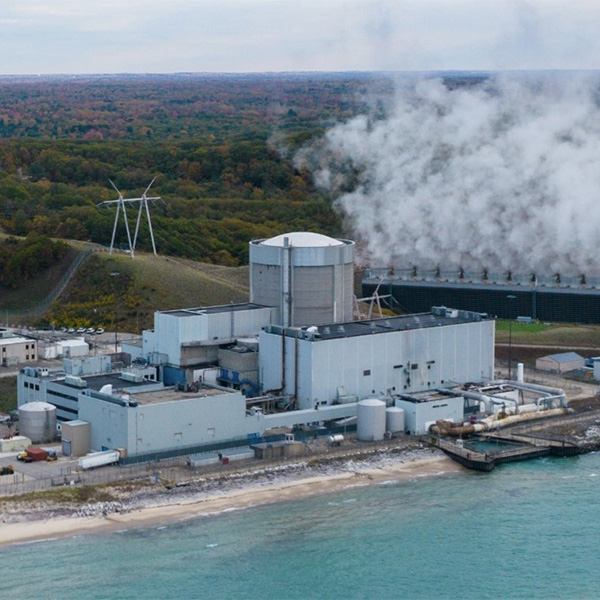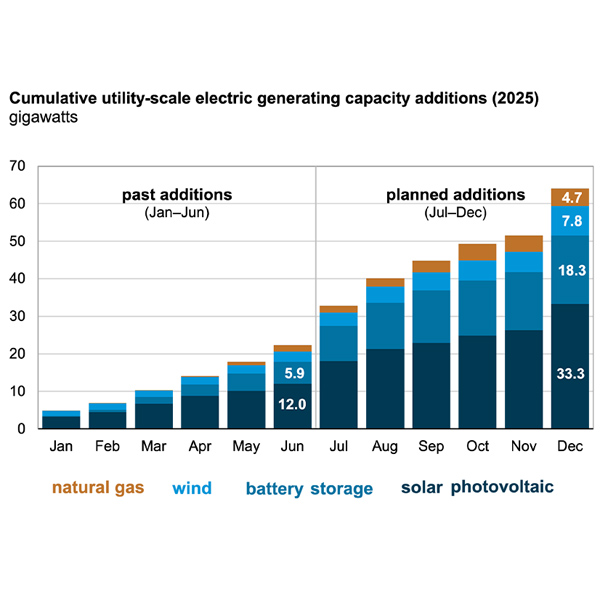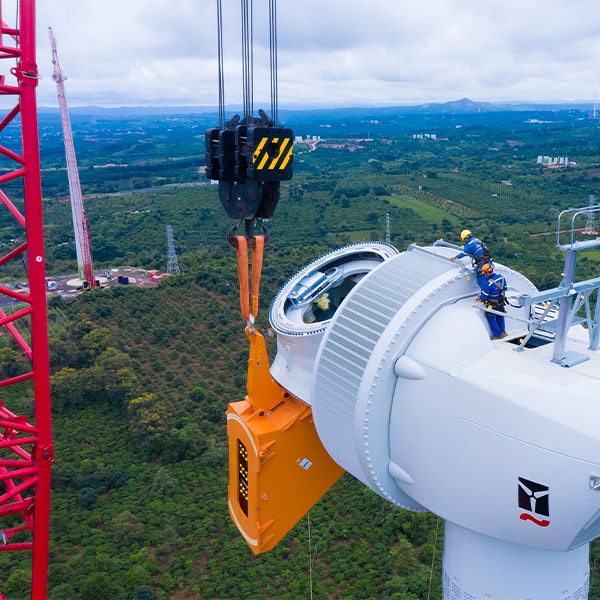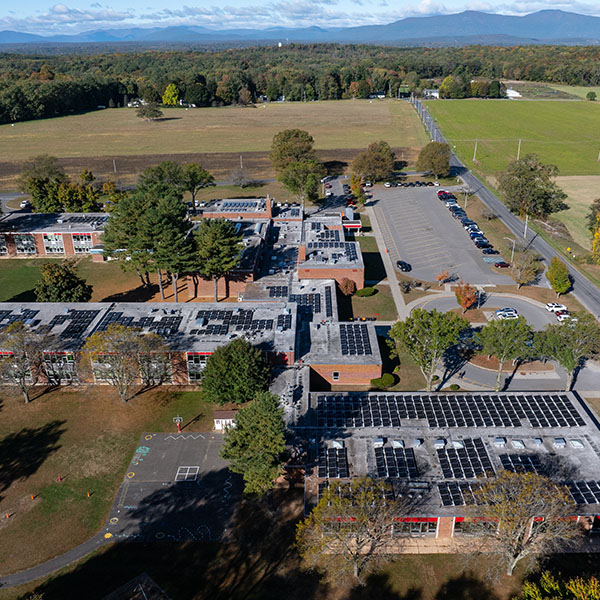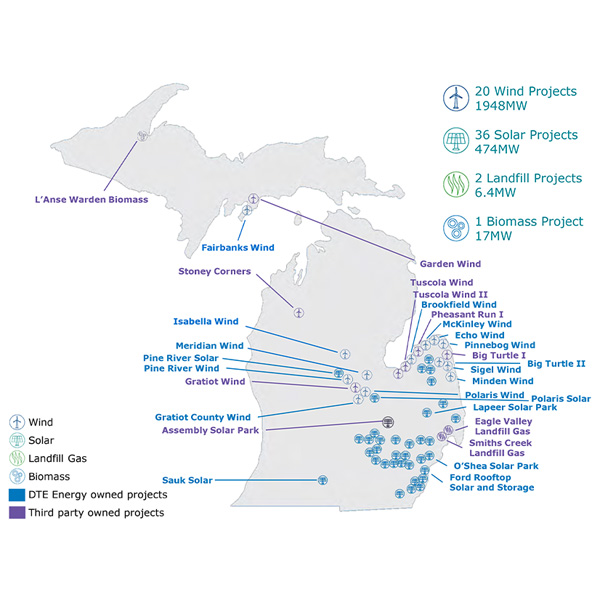Utility scale solar
A new analysis details some of the job growth and employment demographics connected to the proliferation of renewable energy in recent years.
The company that plans to restart the Palisades nuclear facility in Michigan is pushing to build four 300-MW small modular reactors on the site of the decommissioned Oyster Creek Generating Station in New Jersey.
Russell Gold, a two-time Pulitzer Prize finalist and author of two books, has joined T1 Energy in its quest to build an integrated domestic supply chain for the solar and battery sector.
The United States is on track for a record increase in power generation capacity in 2025, the U.S. Energy Information Administration reports.
The Trump administration is tightening the rules on qualifying for tax credits on new wind and solar construction, but not as much as some feared it would.
Duke Energy reported earnings of $1.25/share for the second quarter, and its CEO told analysts the company also came out ahead with state and federal legislation.
The Trump administration has taken further steps to thwart renewable energy development, adding new directives limiting wind and solar development on federal land and at sea.
The New York Power Authority has stepped up its renewable energy development efforts, offering a draft revision of its strategic plan that would more than double proposals to 6.8 GW.
DTE Energy reported it is in various stages of discussion to supply as much as 7 GW to new data centers and is on track to reach agreement on the first project by the end of 2025.
Announced cancellations, closures and cutbacks in new manufacturing and clean energy projects in the first half of 2025 were valued at $22.1 billion by the business policy group E2.
Want more? Advanced Search
